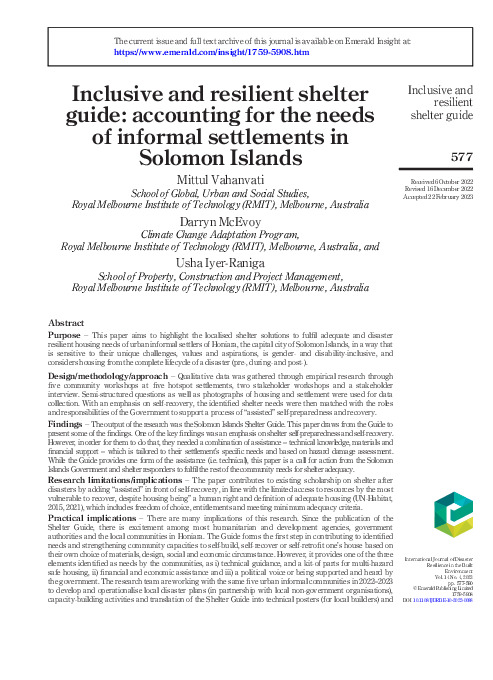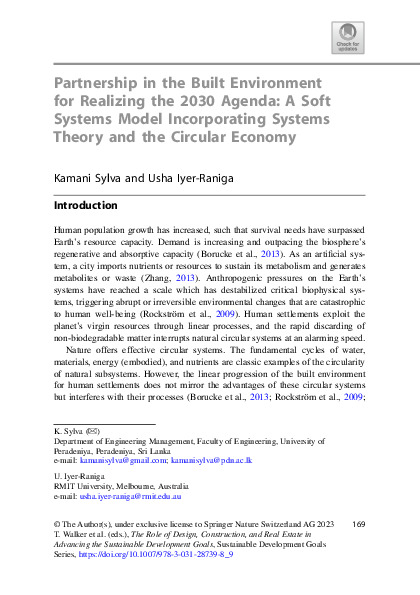Denso Hall Rahguzar Walking Street for Regeneration of Karachi’s Historic Core: A case of circular economy COVID-19 recovery strategy
This project is based on the application of eco urban characteristics through promotion of sustainable materials and principles of circular economy. It produce least waste, has minimum water consumption, promotes regeneration of existing resources, refurbishment of historic buildings to prevent their demolished and avoid construction of high carbon structures. It provides flexible multiuse inclusive open spaces for improved commerce, tourism, cultural and recreational activities in order that the spaces continue to be used during the as well as evening. In order to combat urban flooding and urban heat islands, 4 community forests with 600 trees and bushed have been planted for cleaner air, soft areas for water absorption and increased biodiversity. The aquifer pits provide rain water harvesting and low carbon porous and permeable pavements replenish the aquifer. The use of modular clay and bamboo products used minimum quantity of water and minimum waste in production. This project will demonstrate the value of low carbon urban regeneration based on circular economy as a strategy for COVID-19 recovery. The aim of this project is to foster use of low carbon bio degradable materials, promote refurbishment and adaptive reuse, minimize use of water and energy, prevent wastage, reuse and recycle materials, adoption of facilities and spaces for multiple usage, leading to adoption of circular rather than linear economy. The 122m x 12m street is the first low-carbon climate-smart eco urban enclave for urban regeneration of Karachi’s historic core suffering from urban blight. It utilizes locally sourced and hand crafted products fabricated from biodegradable materials with minimum water usage and least waste; refurbishment of historic structures to reduce energy usage; landscaped walking street with flexible and multiple usage for commerce and recreation, creative and cultural activities; healthier environment with 600 trees that absorb carbon, prevention of visual and air pollution by restricting vehicles entry and forestalling hazards caused by overhead electric wires, prevention of GHG emissions by disallowing new construction; installing aquifer pits for rainwater harvesting, reuse of grey water for sustaining plantation, permeable and porous pavements to inhibit urban flooding and urban heat; use of recycled wood for lamp posts and re-use of discarded cast iron features in entry gates.
The project has been successful in creating a sustainable model with reduced costs due to use of locally sourced materials and products to create an island of sustainability and healthier as a regenerative climate responsive COVID-19 strategy. It is an inclusive district which facilitates recreational and cultural activities in the heart of commerce for use of all citizens including women and youth. The project showcases the rejection of linear economy by using local production, reuse of old materials, least water consumption, zero use of cement and steel, prevention of urban flooding by directing rain water into aquifer pits and porous pavements; use of terracotta for pavements and 600 trees reduce urban heat requiring minimum energy for mechanical ventilation or cooling. The project was conceived and designed by Architect Yasmeen Lari and financed and implemented by Heritage Foundation of Pakistan through its social, environmental and cultural impact funding, in partnership with Karachi administration represented by Deputy Commissioner. Other partners included Karachi Electric, Karachi Water and Sewerage Board and District Municipal Corporations. This was a highly complex project in an area with decaying environment and excessive urban blight. However, in spite of vested interest to maintain the status quo which encourages unregulated traffic and hawker movement, transformation in the urban environment has been achieved. The objectives include achieving core features of eco-urbanism and promoting circular economy. The outcomes consist of low-cost locally sourced delivery, improved environmental quality, enhanced commerce and economic prosperity, social equity and healthier environment. We are confident that if urban regeneration based on above principles could be implemented more widely, it will lead to sustained urbanism for the benefit of all.
This project is directly related to the work of the OPN SBC programme.


